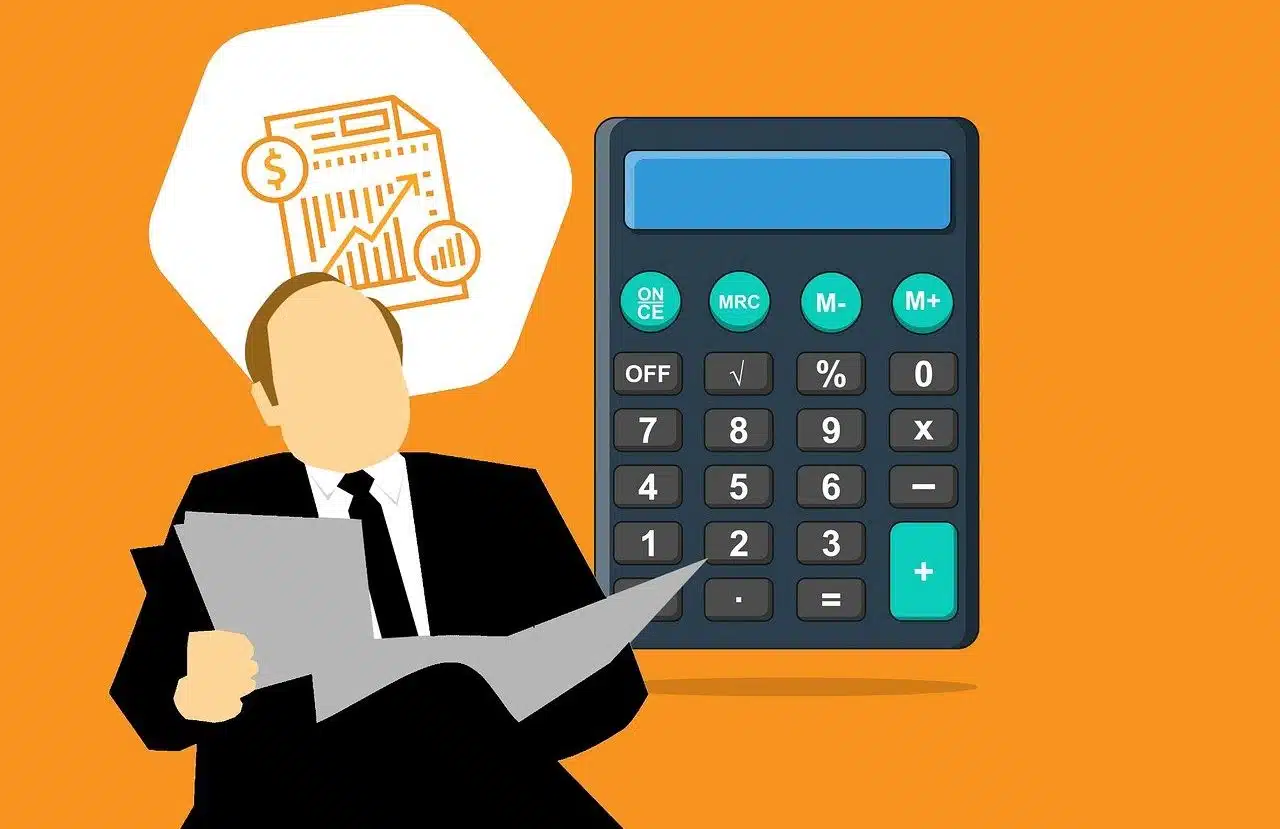
The notion of output refers to the information output from a system.
Output is a concept from the English language that has been included in the dictionary of the Royal Spanish Academy (RAE) . This term is frequently used in the field of computing to refer to the data resulting from a process .
An output is the information that is emitted by a computer system. This means that the data in question “leaves” the system, either through a digital format (a video file, a photograph, etc.) or even on a material medium (a printed sheet, a DVD).
The process usually includes, as a first step, the entry or input of information into the system . For this , it is possible to use a keyboard, a mouse, a scanner or other devices that allow the data to be entered into the computer . Once inside the system, the information is manipulated and processed until the user finally decides to specify the output. This is when the aforementioned output is generated.
Output peripherals
Based on this meaning, we have to say that we find output peripherals , also known as output peripherals . We can say that these are devices that act as communication between the computer and the user. What they do is convert electrical signals so that they can be understood and comprehended by the person in question.
Specifically, the most significant peripherals of this type include the PC screen, the printer, the speakers and previously the fax.

In economics, output is the result of a production process.
The term in economics
Within the macroeconomic field, the concept of output refers to the products and services that are generated within the framework of an economy . Output, in this sense, is the result of a production process .
There is a model developed by the economist Wassily Leontief (winner of the Nobel Prize ) through which the various interactions that exist between the different sectors that make up an economy are reflected. According to this input-output model, when an industry produces an output of goods, another receives said output, generating the corresponding input.
His theory, however, we can say that it was already established some time before by another important figure in economics. We are referring to the Frenchman Francois Quesnay , who expressed it through what he called tableau économique .
Output gap
Likewise, within the economic sphere there is also what is known as the output gap . This is the term used to refer to the difference between potential GDP and observed GDP. But to better understand this term, we must bear in mind that it is both:
- Potential GDP is the gross domestic product that the country's economy can create in a given period of time, taking into account factors such as the volume of employment and installed capital.
- Observed GDP , on the other hand, can be established as the set of goods and services that are produced during a period of time in a country, both by national personnel of the country and by foreigners residing there.
